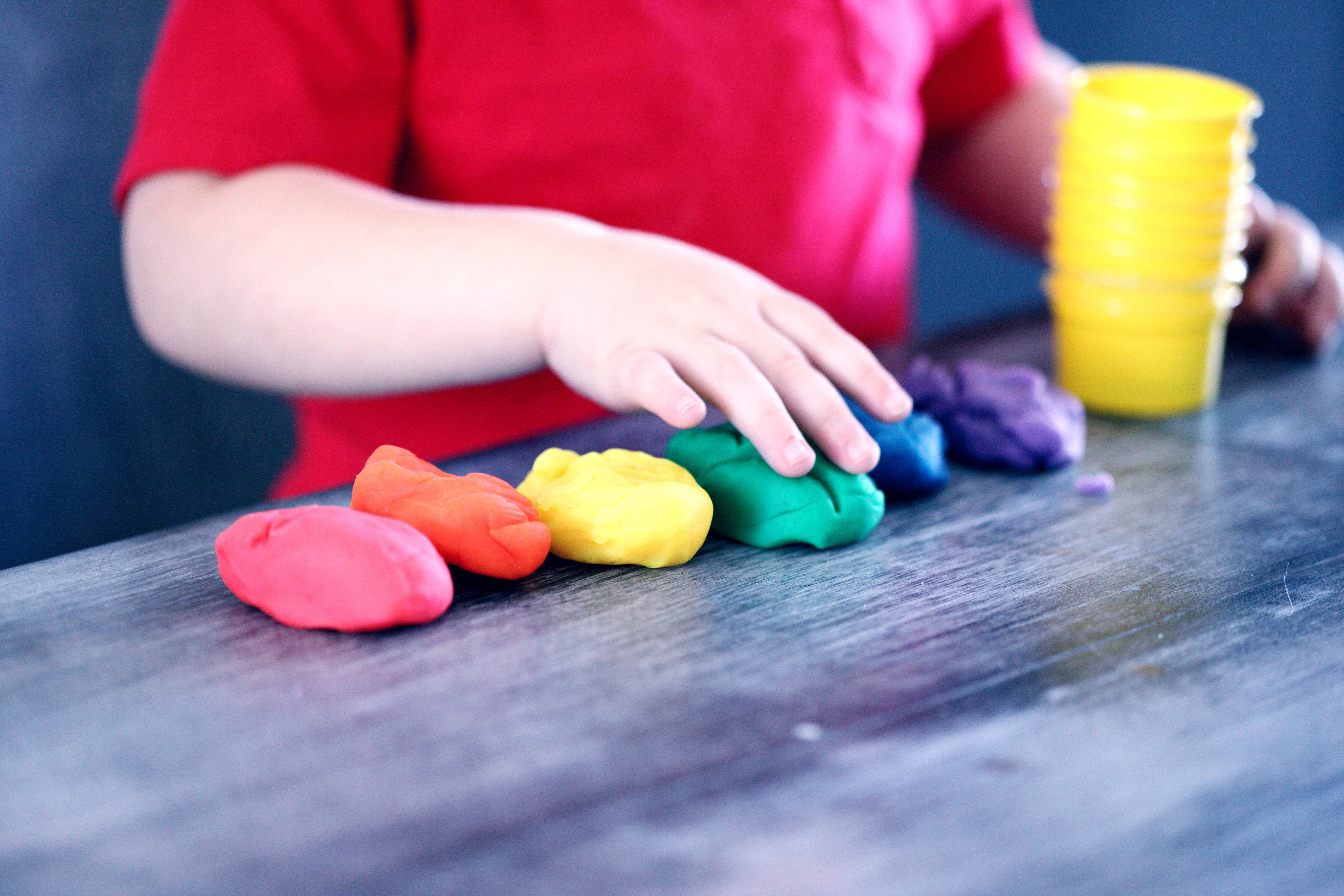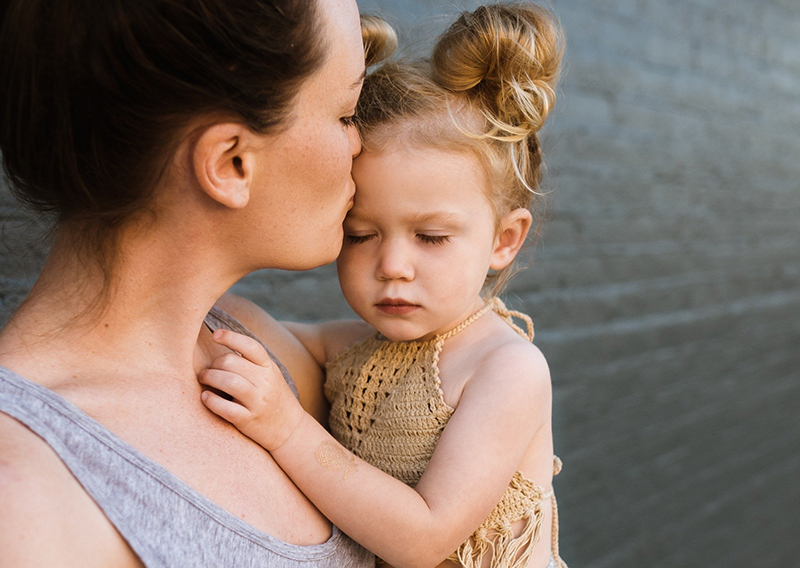
Below are some exercises to help children express what they are feeling. If a child can't write or is non-verbal, let them draw pictures or act out their worries.
1. Write or draw pictures about your worries, describe or read them out loud, then tear the paper up, and throw it away.
2. Young children often act out their concerns/worries in play. As an adult, you can often join in their play and introduce another character that can reassure the child that he/she isn’t the only one to feel this way, that there are things to do to help feel better, and/or to help the child “figure out” together how to feel better.
3. Create a “worry journal.” This allows older children to see how things change over time. Be sure to include positive things that happen. Or alternately, put daily pictures into a folder.

4. Create a “worry box" together and let your child decorate it. Have your child explain each worry to you, write (or draw) it down and put it in the box. Reassure them that they don’t have to worry about these now, as they are in the “Worry Box” and you will keep it safe for them during (fill-in-the-blank) the next hour, throughout the night, while they are napping, etc.
5. Incorporate a 5-minute "worry time” into your daily routine. During this time, individuals can worry as much as they want! When the 5 minutes is over, no more worrying until tomorrow’s time. This can sometimes be a helpful strategy for children who perseverate. Also teach your child to "change the channel" after the 5 minutes of worrying is up by having them form a mental picture of a tv and "turning" the channel to see a favorite place or activity. This strategy of visualizing a place or activity can be used during the day if they find themselves worrying.
6. Use creativity to express fears: write a poem, song, or a play about concerns/worries; draw or make a painting or dance to express how they feel.
7. Build things out of blocks, clay, or craft items to represent worries – then crush and destroy them.

8. Be sure to watch for behaviors and "signs" that your child may need extra help to cope with the stress and anxiety they may be experiencing. Contact your child's primary care physician for guidance and support. The first 2 points are referenced from the Children's Hospital of Orange County. Specific behaviors by age groups are referenced from The National Association of School Psychologists.
- Changes in a child’s sleep, appetite, interest in usual indoor activities or hobbies, or levels of reassurance seeking, headaches, as well as very excessive handwashing may be signs that more help is needed.
- If basic stress reduction techniques like deep breathing, yoga, or distraction don’t help over time, reach out to your primary care provider for additional support.
- Parents and caregivers should contact a professional if children exhibit significant changes in behavior, regress back to earlier behaviors that they had “grown out of,” and/or develop any of the following symptoms for more than 2 weeks:

Preschoolers — thumb sucking, bedwetting, clinging to parents, sleep disturbances, loss of appetite, fear of the dark, regression in behavior, and/or withdrawal.
Elementary school children — irritability, aggressiveness, clinginess, nightmares, poor concentration, and/or withdrawal from activities normally well-liked.
Adolescents — sleeping and eating disturbances, agitation, increase in conflicts, physical complaints, and poor concentration.
_______________
Next week Dr. Claflin will be sharing activities that can decrease anxiety and help children cope. We invite you to continue joining us for more helpful suggestions and tips from our experts. Be well until we "see you" again and remember we're here for you!
– Your Therapy Shoppe Family ❤️
©2020 Therapy Shoppe® Incorporated. All rights reserved.
To read more, check out Celebrating a New Norm: Ways to Embrace Spending Time Together as a Family

